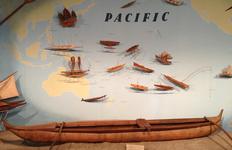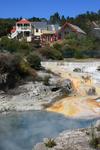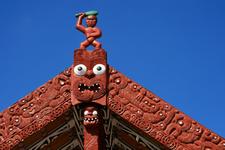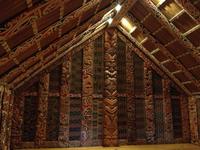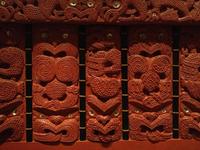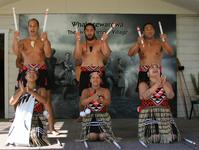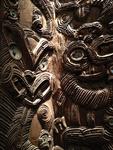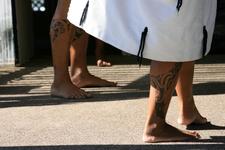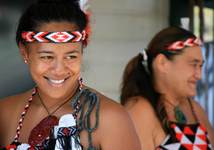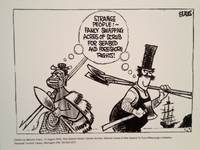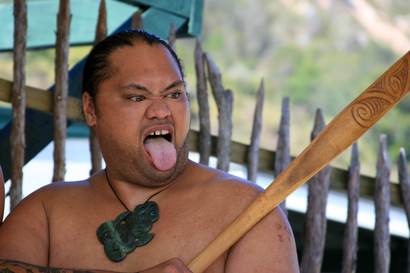
First Polynesian people arrived in New Zealand in the 12th century by crossing the Pacific Ocean in their wooden canoes. They were advanced sailors who navigated by observing stars, clouds, birds and waves. Maori people living today in this country are their descendents.
Maori culture seems to be still vivid in Aotearoa (name for New Zealand in Maori language meaning a long, white cloud) but it’s also very commercialized. To see people dressed in traditional clothes or performing the famous haka war dance you need to visit one of the villages transformed or created from scratch as tourist attractions. Haka can also be seen on a rugby game when All Blacks, the national rugby team of NZ, perform it before starting each match.
Similarly to other Polynesian tribes, Maori were very skilled craftsmen. They developed such skills as weaving that is making clothes, nets, bags etc. of a plant called flax fibre. Also the art of carving was one of the most important talents, which made the carving masters highly respected. Today we can still admire the canoes, wooden houses, totems or figures they created centuries ago. Moreover, it was widely popular to make jewelry and weapons out of jade or greenstones (called pounamu in Maori language) whereas whale or shark teeth were used for decorative and defensive purposes.
Maori heritage was passed over from generation to generation with oral tradition and wooden carvings. The written form of Maori language, which has only 15 letters, is a late development but is now used in all official communication around the country. It is the only language apart from English, which is the official one in New Zealand. And it’s a living one so you can often hear people talking in Maori on the street.
We’ve encountered Maori culture when visiting the Whakarewarewa village created by Maori people in the 14th century on the land covered with geysers, which they used for heating up houses, cooking food and bathing. Great collections of Maori and Polynesian cultures are presented in a very interesting and often interactive way in New Zealand’s national museums such as Te Papa Museum in Wellington, Otago Museum in Dunedin, and Auckland Museum. We were also lucky to meet a Maori guy in person. It was Des, our host in the town of Te Anau near Milford Sound with whom we talked long hours about life and culture of Maori people today in New Zealand. It was a really unique experience!
